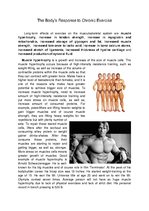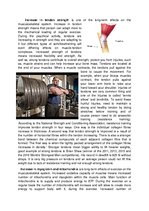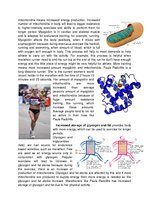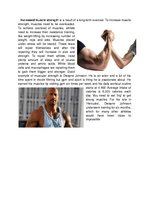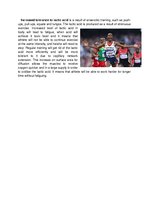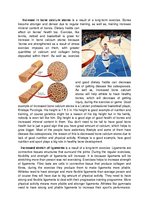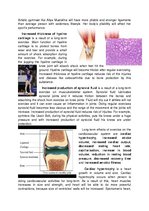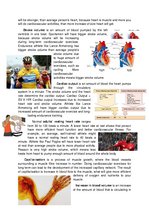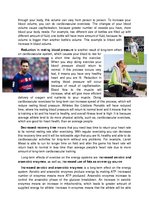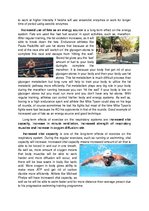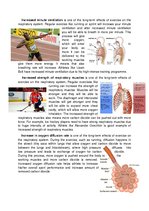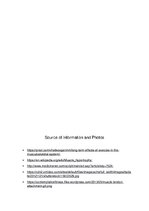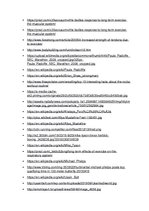Increased strength of respiratory muscles is one of the long-term effects of exercise on the respiratory system. Regular exercises like running can increase the strength of respiratory muscles. Muscles will be stronger and they will be able to work. The diaphragm and intercostal muscles will get stronger and they will be able to expand more chest cavity, which will allow more oxygen inhalation. The increased strength of respiratory muscles also means more carbon dioxide can be pushed out with more force. For example, ice hockey players need to have strong respiratory muscles due to huge intensity of activity. Athlete like Alexander Ovechkin is good example of increased strength of respiratory muscles.
Increase in oxygen diffusion rate is one of the long-term effects of exercise on the respiratory system. During the exercise, such as running, diffusion happens in the alveoli (tiny sacs within lungs that allow oxygen and carbon dioxide to move between the lungs and bloodstream), where high pressure diffuses into low pressure and leads to exchange of oxygen for carbon dioxide. During this process, more oxygen is pushed around the body to the working muscles and more carbon dioxide is removed. Increased oxygen diffusion rate helps athlete to increase his/her overall sport performance and increase amount of removed carbon dioxide.
…
